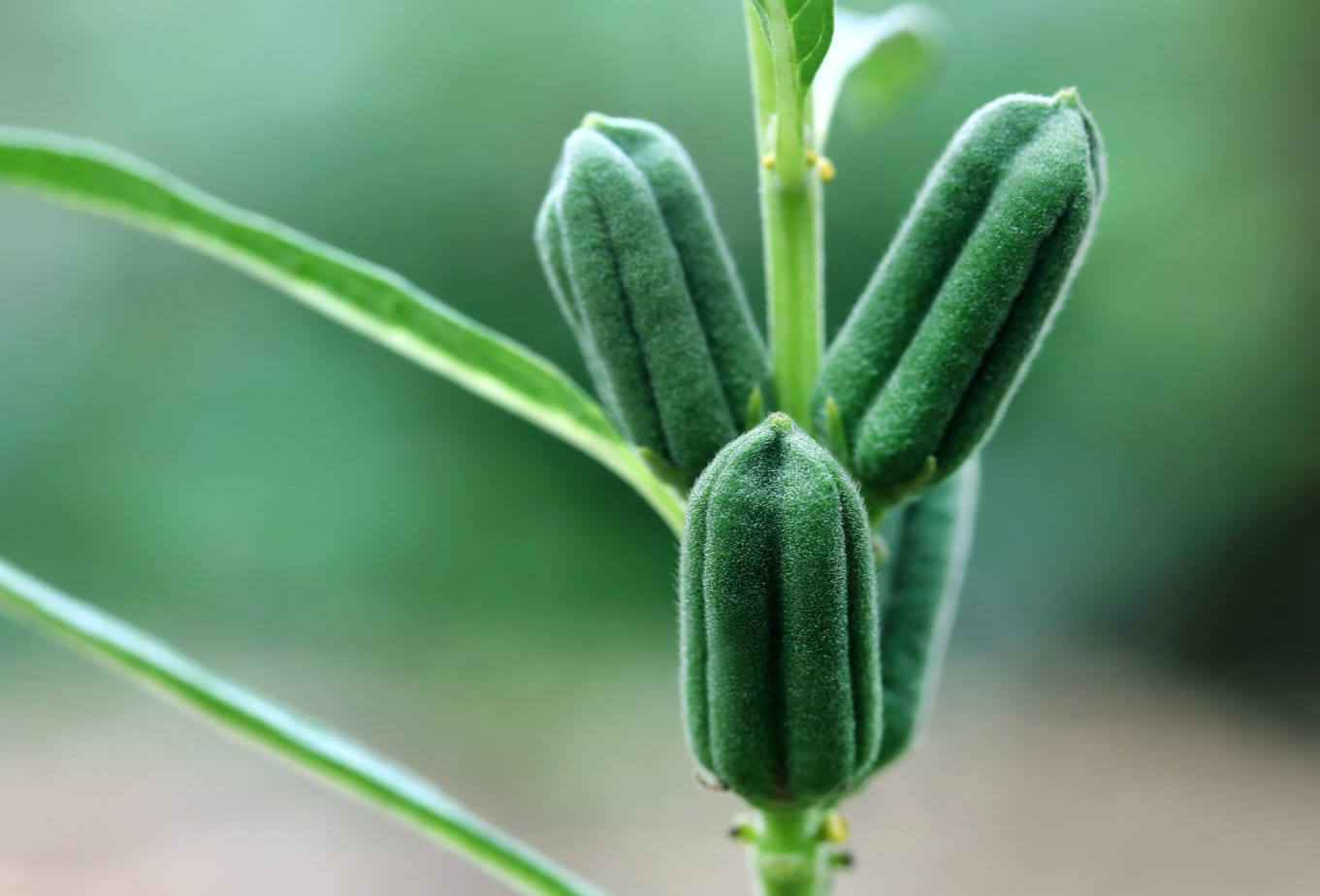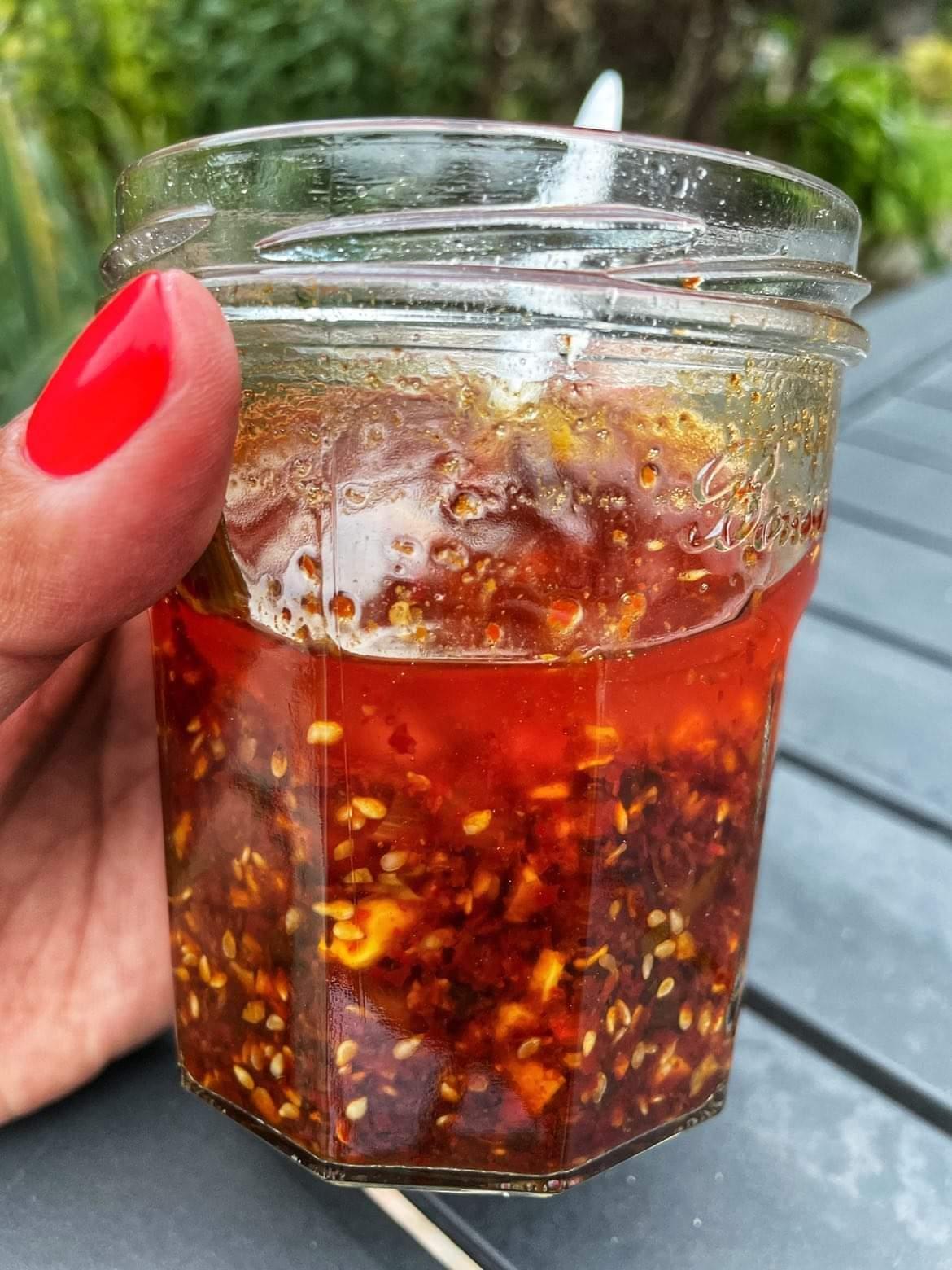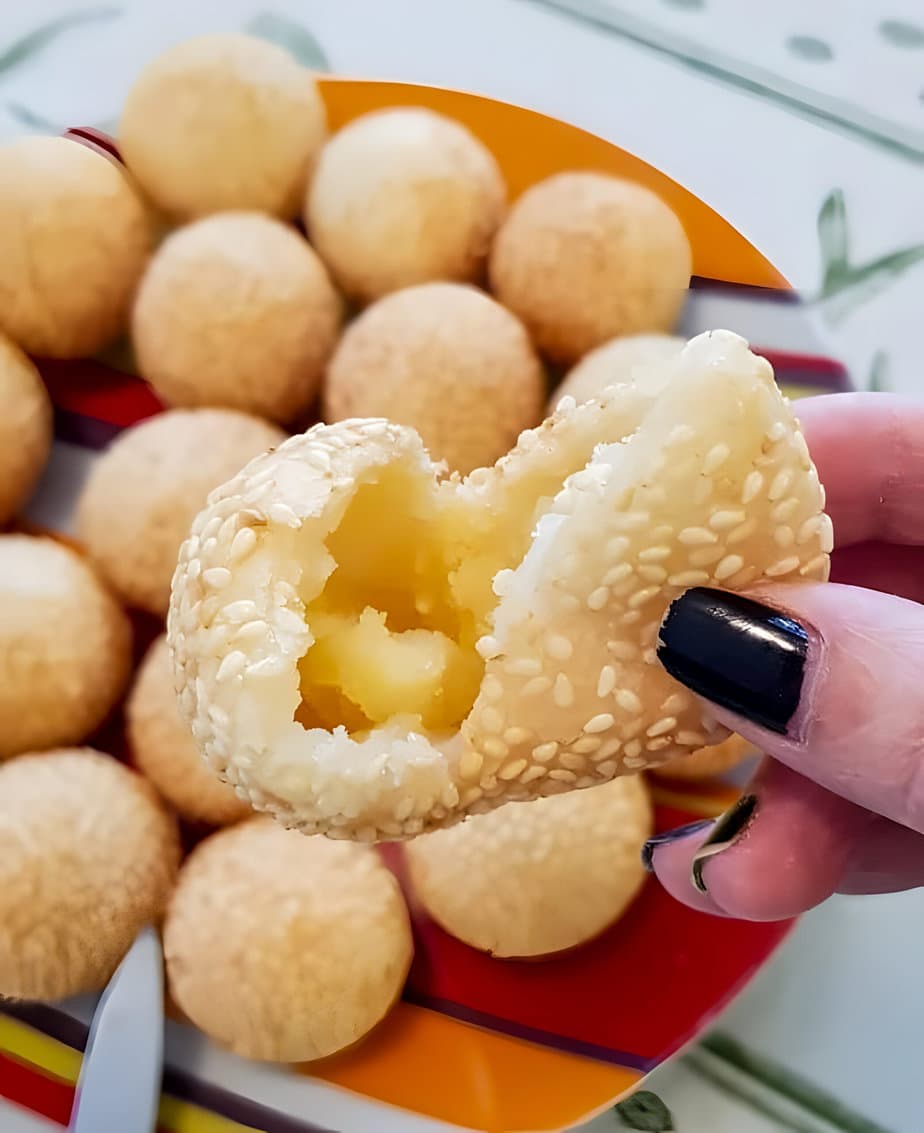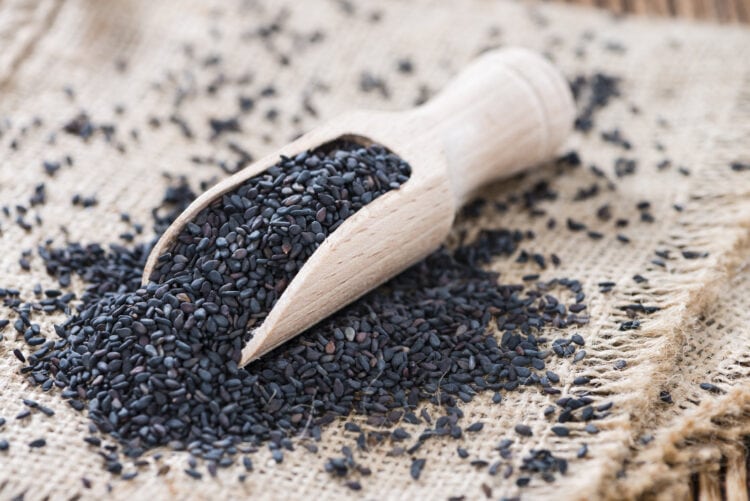Used for over 4000 years now, it goes without saying that sesame seeds have earned a special place in our daily lives; and with all the culinary and cultural richness that comes with it, from the United States to Asia!
What Are Sesame Seeds?
The sesame seed itself comes from the sesame plant, an herbaceous plant that grows all year round (Sesamum Indicum is its botanical name). Not to be mistaken, its flowers, shaped like yellow, pink, purple, or white bells, closely resemble foxgloves. These produce pods containing the famous flattened, edible seeds, which can also present several colors depending on the varieties.

Sesame leaves are also edible. They often serve as an accompaniment in Korean cuisine, but it is obviously the seeds that are most often consumed. The hull surrounding the seed is often removed, as it has a bitter taste. This is how we obtain sesame seeds. It’s actually an easy and inexpensive crop to grow, hence its success.
The seeds are also used for the production of sesame oil. In this case, the seeds are pressed. They can also be roasted to make sesame paste, which is used in certain desserts, for example in black sesame mochi glazed with matcha! This paste can also serve as a substitute for peanut butter.
Where Do Sesame Seeds Come From?
The aromatic plant bearing sesame seeds comes from the tropical and sub-tropical regions of Africa and Asia. It has been cultivated for over 4000 years and has widely spread to China, Egypt, India, Japan… It is said that sesame oil extraction dates back to 900, or even 700 BC in eastern Turkey. In China, it has reportedly been used for at least 2000 years.
Several historical documents establish the sesame seed as an integral element in purification rituals. And even as a symbol of immortality for several cultures in funeral ceremonies. During periods of war, they were used to supply soldiers who then needed strength.
What Are the Different Types of Sesame Seeds?
There are several varieties of sesame seeds; red, brown, black, white, or even golden… Each has its particularity. White sesame is the most delicate of the varieties. It is frequently used in pastry and bakery, but it can be used in all dishes requiring sesame.
The other varieties are used for their more or less powerful aroma, like black sesame, or for their oil content, like brown sesame. Nevertheless, they are chosen more for their aesthetics than for the gustatory value they bring to a dish.

What Do Sesame Seeds Taste Like?
Sesame seeds have a taste that is close to that of hazelnut or almond. A flavor that is enhanced when they are roasted. Of course, it all depends on the variety. The white ones are more delicate and milder than the others. The black ones are said to be richer, more intense, more bitter.
What Are the Benefits of Sesame Seeds?
Sesame seeds are particularly rich in vitamins, proteins, minerals, and antioxidants. All the more reason to sprinkle a few seeds on your dish.
They are also widely used in the manufacture of certain medications, that’s saying something! They are actually very good for health in many ways. Consuming sesame seeds helps reduce cholesterol, fight infections, and treat diabetes. Note that sesame seeds also represent an allergen for a number of people.
How to Use Sesame Seeds in Cooking?
It is generally recommended to toast sesame seeds to enhance their flavors. You can either toast them dry on the stovetop or in the oven. On the stovetop, simply place an even layer of seeds in a dry pan and cook them, stirring occasionally over medium-low heat, until they turn golden. This is a quicker method, taking about 5 minutes.
Another method is to spread the seeds on an oven-safe tray and toast them at 180°C (356°F) for 8 to 15 minutes, stirring occasionally.
If you use your sesame seeds as a condiment, you can sprinkle them on your stir-fries, salads, and soups. They add a subtle smokiness to vegetable dishes, fish, meats (such as chicken meatballs), dim sum, rice, or noodles.
They can also be incorporated into pasta preparations or sprinkled on bread. They are also used in dessert preparations, such as Tang Yuan or Bánh Cam, for example. A perfect recipe idea for the end of the year!

How to Store Sesame Seeds?
Sesame seeds should be stored airtight in a cool, dry place. You can then store them for about 3 months. If you decide to place them in the refrigerator, you can keep them for 3 more months. Frozen, they will last a year. As for sesame oil, it keeps well for years without going rancid.
Where Can You Get Sesame Seeds?
You can almost always find sesame seeds in most supermarkets. You can also find them in specialty grocery stores in bulk or pre-packaged. I advise you, if you have the opportunity, to buy them in small quantities, given their storage life.

